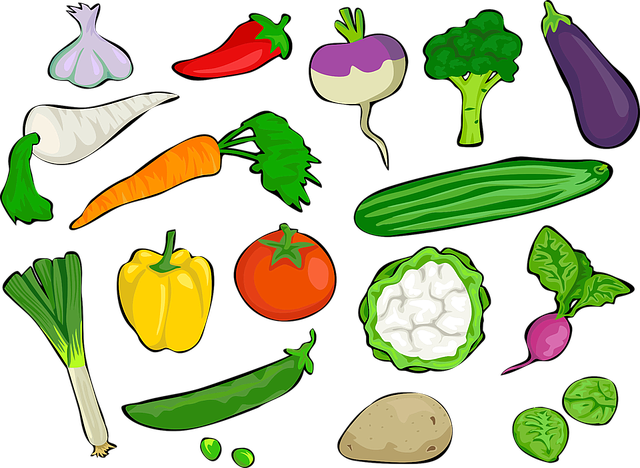Vertical Farming’s Environmental Advantages
In the simplest terms, vertical farming is the practice of growing food in slightly inclined areas. There are many ways to define this novel farming technique.
Contrary to conventional farming, which raises crops in a single layer, this novel method of growing food in vertical layers that are fully stacked works well with a variety of structures like shipping crates or skyscrapers and has a huge potential for output while reducing food-related emissions.

Four Ways Showing the Usefulness of Vertical Farming
Learn about the four ways that vertical farming can help the environment:
1. Reduce water consumption
Due to high temperatures and ineffective watering techniques, agricultural irrigation systems use a substantial amount of water. Smart systems and controlled temperatures will aid in reducing water loss and use.
2. Regulated environment
Vertical gardening gives you greater control over the environment in which your plants develop as opposed to an outdoor garden, which is impacted by temperature changes, sunlight, and frost.
3. Agricultural diversification
4. Space preservation
Plants can be stacked to conserve space and produce more crops. Since not everyone has access to a backyard, vertical farms enable everyone to grow their own food, whether or not they have a backyard garden.

